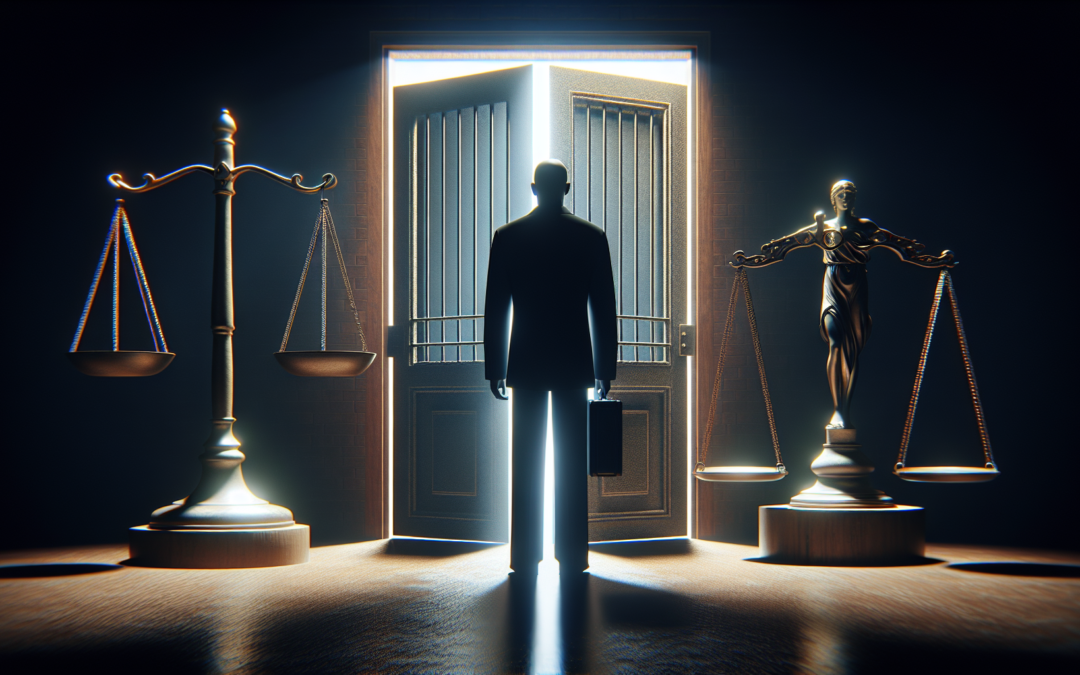Navigating the Intricately Woven Realities of Modern Policing
The camera lens fixes on the faint smile of Sean Paul Reyes, also known as Long Island Audit, as he expertly nimbles his way into focus, sparking the cauldron of debate around the thin line between public accountability and personal infringement. For law enforcement officials, this era represents an escalating gauntlet, forcing them to balance tact, constitutional rights, and the overall sanctity of their duty. It is a gripping reality — the prospect of their every action morphing into viral fodder, dissected and critiqued without the weight of their daily moral dilemmas truly understood or felt by the masses.
The Constrained Power of Authority
Any officer or administrative official worth their salt is no stranger to the principles of accountability and transparency. These pillars uphold their sacred vow to protect and serve, yet the arrival of activists like Reyes casts a shadow — are those same principles being weaponized against them under the guise of vigilantism? When Reyes saunters into official spaces, police personnel begin an intrepid walk on a razor’s edge, knowing that suspicion sown in a single moment may yield turbulent inevitabilities of public distrust or misplaced anger.
Sean Paul Reyes wields his camera deftly, a dual-purpose tool for evidencing his encounters and advancing his contention within public discourse. Policing is instinctual yet procedural; officers often find themselves having to adjust their responses, not to the facets of the law, but to how actions will be perceived when trapped within unrelenting frames of visual media. In these instances, the camera becomes an actor in deciding the interaction — the stoic gatekeeper turning mundane interactions into scripted drama.
The Enervating Strain of Public Glare
Though deeply rewarding, a career in law enforcement rests uneasily amidst increasing societal expectations placed upon its practitioners. The mental toll cannot be understated. As policing becomes subject to intense public scrutiny, the push and pull of expectations, reality, and perceived duplicity become even sharper. An exponential awareness forms, where quotidian decisions must account for perceptions that can unveil fissures within community relations.
Law enforcement must consistently confront the cascading grip of inherent stress as they don the dual roles of enforcers and ambassadors — a natural dichotomy evidenced here. Each officer becomes a microcosm of their department and badge, an entity required to represent integrity intuitively. The resilience demanded from them is monumental, as Reyes and others document each movement and glance.
The Battle of Narratives
Modern policing cannot ignore the dialogue between community and constabulary it influences. Reyes emboldens wider themes of accountability through his live-streams, forcing the officers captured in digital frames to simultaneously self-assess and remain vigilant. Each challenge levied may signify harmless oversight, yet can equally denote judicial misstep.
Perhaps most evocative is the internal conflict this scrutiny heralds, exhibited poignantly in The John Ligato Show. Institutions built to enforce the law must evolve as arbiters between advancing civility and challenging inertia. They must bone up on constitutional fortitude without abdicating proactive policy written for community building. The resonance these situations find within public opinion can supplant advocacy and warrant ambivalence distinctly missing from intentions behind a camera.
Pursuit of Clarity in Chaos
Ultimately, law enforcement officers press on through critiques, through Reyesian overtures — they engage constant self-dialogue, where internal valor speaks amid external clamor. Behind-the-scenes, departments roll out programs intended to humanize the badge, illustrate the delicate trompe-l’œil between authority representation and community perception, hoping they may shape empathy through understanding, subtly nudging contentious observabilities in favor of unity.
Each incident draws into being latent queries: to whom is the canon of justice truly directed? The lens that records shines light back into the hearts of those it captures, scrutinizing centuries-managed tenets side-by-side with lopsided bravery still coursing through the blue veins of peacekeepers. Each officer answers with a recommitment that through acknowledging imperfection, they aspire to substantial gravitas.
It isn’t just the act of rebuilding trust but choosing day to day to insulate society’s values for futures unborn. Here “Guardians, fight courageously, with justice as thy beacon,” records one woman in blue speaking out for the sprawling mint of correctives guarding civilized life.
Concluding
As Sean Paul Reyes introduces himself once again under the eyes of official scrutiny, John Ligato explores the intersection where perception and truth intersect, flagging modern day protection as undeniably multifaceted. We’re compelled to appreciate the dimensions of law enforcement beyond accusatory critique — a narrative where mutual concord becomes feasible as emulation graces both critique and willingness to hear. Thus, prophecy speaks ironically: may courage pervade where spikes of distrust dance precariously, and understanding navigate cloudy vision toward overarching justice.

Recent Comments